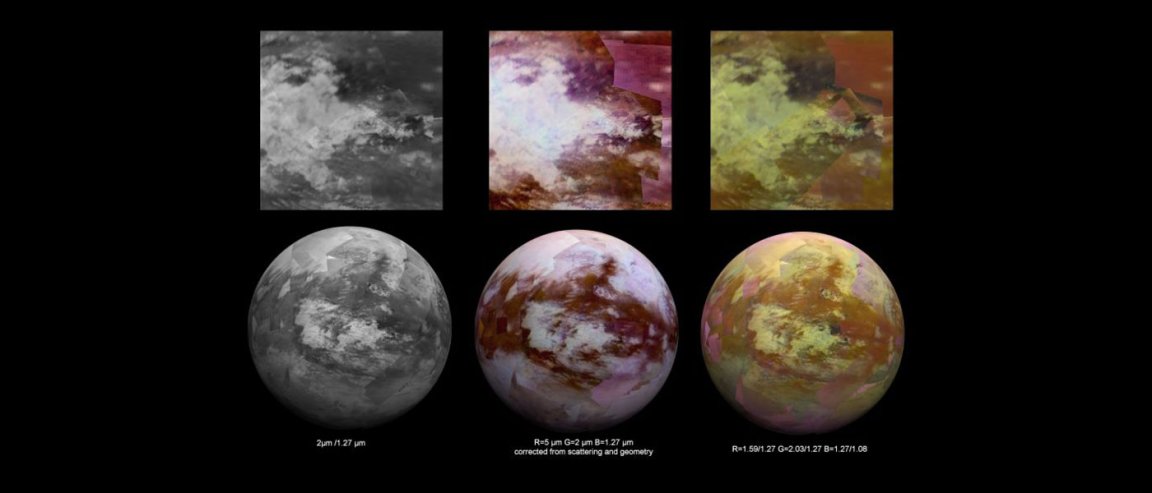
That’s No (Ordinary) Moon
Titan, Saturn’s largest moon, has proved to be a very exciting place. From massive seas to the possibility of alien life, Titan has given NASA much to study and explore. Now, this hunk of ice and rock just got a whole lot more interesting.
NASA’s Cassini probe has found giant ice mountains on the surface of Titan. Stephen Wall, of NASA’s Jet Propulsion Laboratory, unveiled news of Titan’s towering peaks in the 47th Annual Lunar and Planetary Science Conference in Texas.
Wall and his team shared images of a 3,336 meter (10,948 foot) ice mountain located near Titan’s equator. Discovered using the Cassini probe’s radar instrument, the mountain sits amid a rugged trio of peaks known as the Mithrim Montes.
The researchers also found other peaks on Titan, all about 3,000 meters (10,000 feet) in elevation. These include mountains in the rugged region known as Xanadu, and in collections of more isolated peaks called “ridge belts” located near the landing site of ESA’s Huygens probe.
Forces at Work

Ultimately, Cassini’s findings highlight the many geologic forces at work on Titan. Mountains on Earth are formed and molded by many things. They are pushed up by the tectonic forces underneath the Earth’s crust, and they are shaped by erosion, wind, rain, rivers, and runoff.
The same forces are also at work in Titan, albeit in a much slower pace.
Titan is a chilly -178 degrees Celsius (-290 degrees Fahrenheit) on the surface, and the moon’s icy crust sits atop a deep ocean of liquid water that probably acts much like Earth’s upper mantle. A thick, perennially cloudy atmosphere rains methane down on the surface, sculpting ridges and valleys.
Because it’s so cloudy, Cassini has to use the infrared spectrum to map the moon. The images represent the culmination of 11 years’ worth of data, collected by Cassini’s visual and infrared mapping spectrometer between 2004 and 2015.